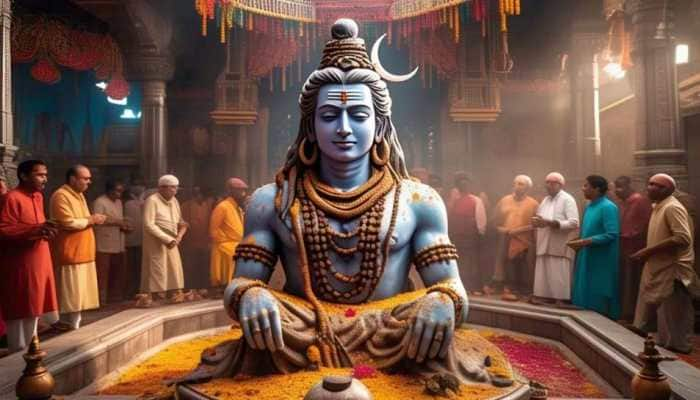Republic Day 2025: 7 Must-See UNESCO World Heritage Sites In India
Republic Day in India is the perfect opportunity to celebrate the nation's history and culture by exploring its UNESCO World Heritage Sites. These stunning sites offer a glimpse into India's rich heritage, history, and architectural brilliance.
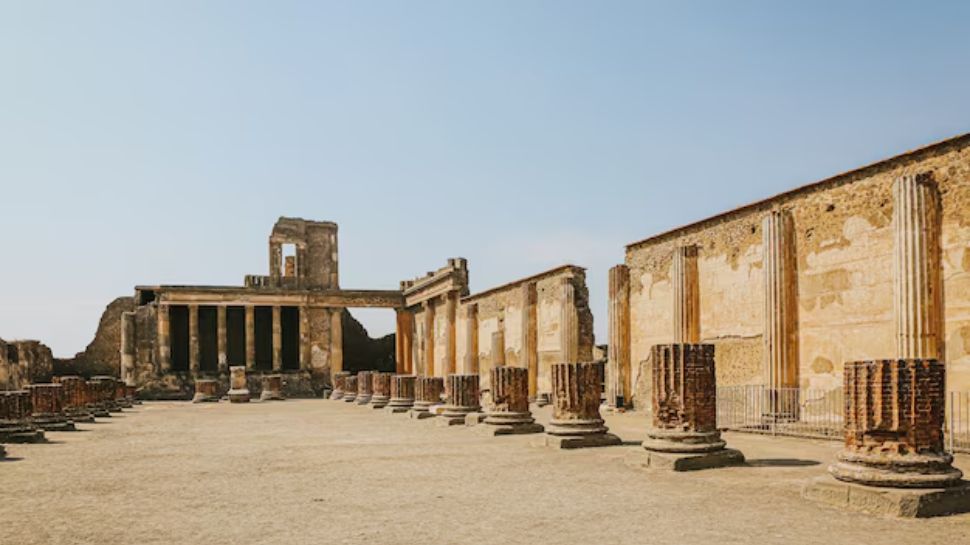)
Republic Day in India is a wonderful occasion to honor the nation's democratic principles, its vibrant history, and the rich tapestry of cultures that make it unique. It’s a great time to invite exploration of the country’s beautiful heritage. What better way to celebrate than by visiting some of India’s stunning UNESCO World Heritage Sites? These places are historical and architectural gems that embody the spirit of the country. Whether you’re passionate about history, admire great architecture, or just want to enjoy the beauty of India’s cultural wealth, these seven sites are definitely worth a visit.
Taj Mahal (Agra)
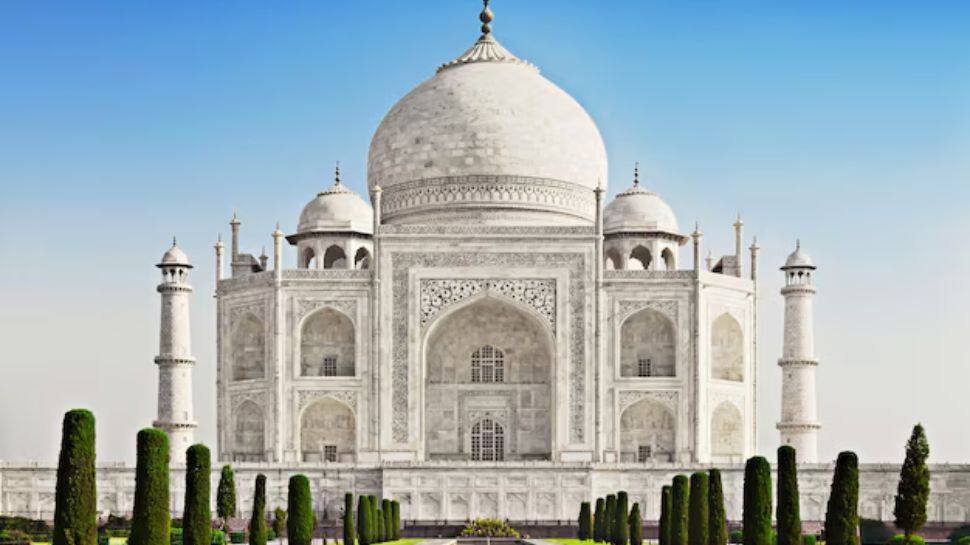
The Taj Mahal in Agra is a breathtaking symbol of love and an architectural wonder. This gorgeous white marble structure was created by Emperor Shah Jahan in honor of his cherished wife Mumtaz Mahal. Known for its detailed craftsmanship, lovely gardens, and harmonious design, the Taj Mahal is an essential stop on your journey through India.
Key Highlights: - Beautiful white marble with intricate designs - Lush gardens and calming reflective pools - A tribute to love and Mughal artistry
Qutub Minar (Delhi)
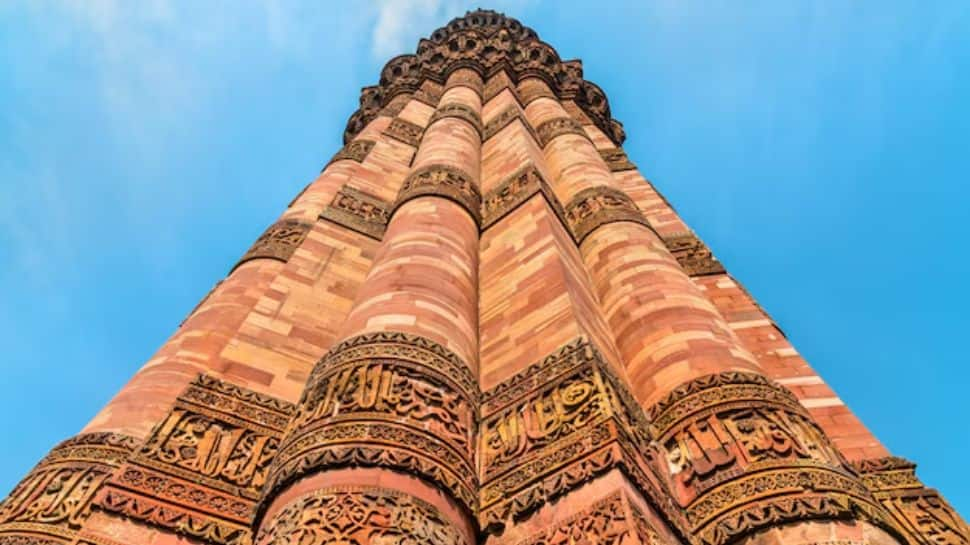
Standing tall in Delhi, the Qutub Minar is a stunning example of Indo-Islamic architecture and is the tallest brick minaret globally, reaching 73 meters. Built in the 12th century by Qutb-ud-Din Aibak and finished by Iltutmish, it is surrounded by the Qutub Complex, home to other significant monuments like the Iron Pillar, which remarkably hasn’t rusted over time.
Key Highlights: - World’s tallest brick minaret - A symbol of the historical Muslim presence in India - The Iron Pillar, a marvel of ancient craftsmanship
Fatehpur Sikri (Uttar Pradesh)
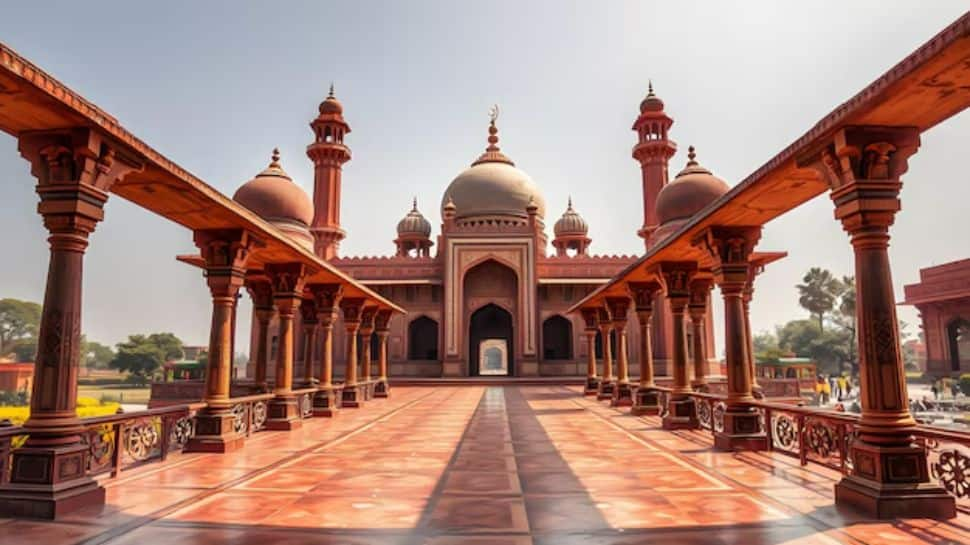
Once the capital of the Mughal Empire under Emperor Akbar, Fatehpur Sikri near Agra boasts a captivating mix of Persian, Hindu, and Mughal architecture. Founded in the 16th century, its sights include the grand Buland Darwaza, which is the largest gateway in the world, and the majestic Jama Masjid. The area's rich past and stunning buildings make it an unforgettable destination.
Key Highlights: - Impressive Buland Darwaza - Blend of Persian, Hindu, and Mughal architectural styles - Akbar’s palace and the Jama Masjid
Ellora Caves (Maharashtra)
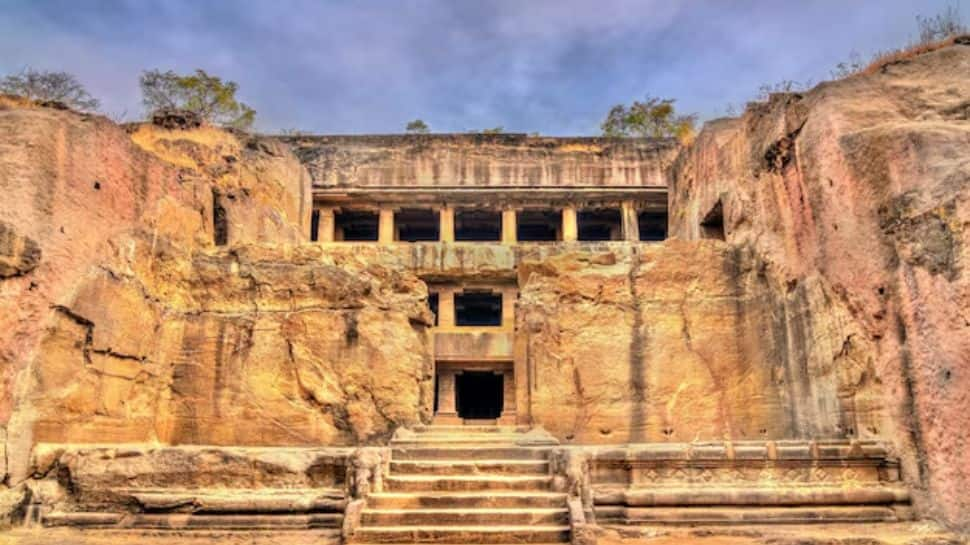
The Ellora Caves in Maharashtra offer a truly spectacular experience with 34 rock-cut monasteries and temples honoring Buddhism, Hinduism, and Jainism. The famous Kailasa Temple stands out, as it is a single massive structure carved from rock. These ancient caves highlight India’s religious diversity along with outstanding engineering and artistry.
Key Highlights: - The remarkable Kailasa Temple, carved from one piece of rock - A blend of architectural styles from Buddhism, Hinduism, and Jainism - Stunning sculptures and detailed carvings
Mahabalipuram (Tamil Nadu)
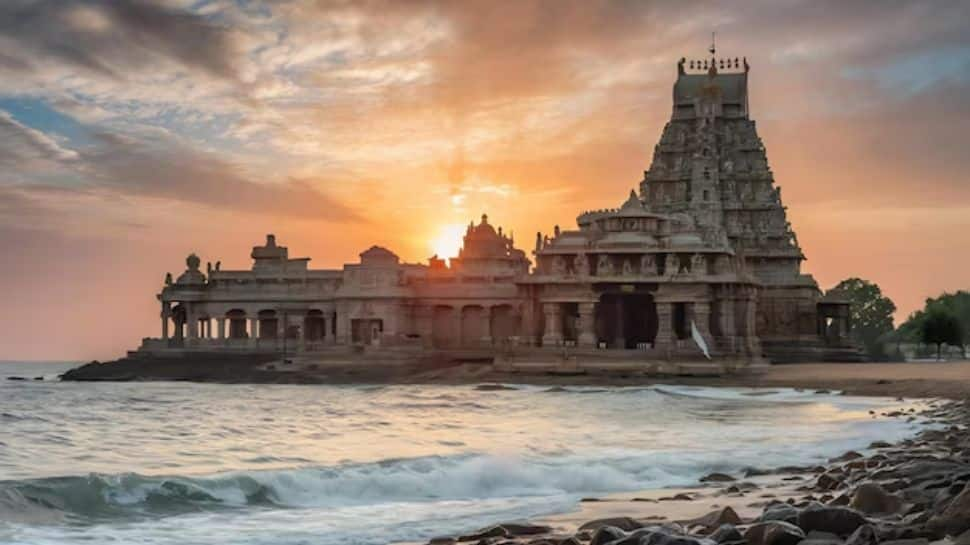
Along the Bay of Bengal lies Mahabalipuram, also known as Mamallapuram, an ancient city celebrated for its stone temples and intricate rock carvings. The Shore Temple, one of the oldest temples in southern India, overlooks the sea. Visitors can also see the Pancha Rathas, a group of five monolithic temples, and the notable relief of Arjuna’s Penance, which illustrates tales from Hindu mythology.
Key Highlights: - Shore Temple with breathtaking ocean views - The stunning Pancha Rathas - Rock-carved sculptures depicting Hindu stories
Sanchi Stupa (Madhya Pradesh)
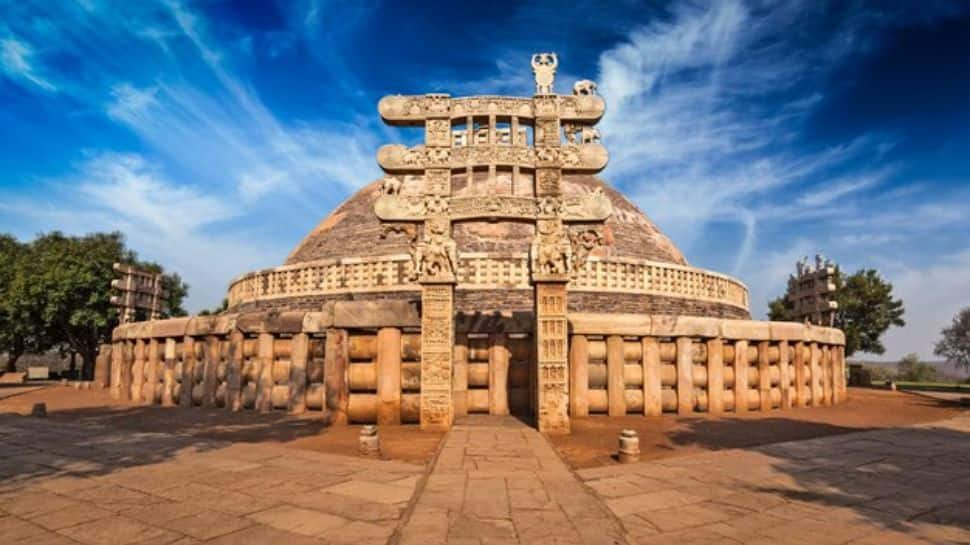
One of the oldest and most significant Buddhist sites in India, the Sanchi Stupa dates back to the 3rd century BCE and was built under Emperor Ashoka, who greatly aided in spreading Buddhism. The stupa features a large dome and beautifully crafted gateways (toranas) that show scenes from the Buddha’s life.
Key Highlights: - The ancient Sanchi Stupa, a key Buddhist monument - Gorgeous toranas with detailed carvings - Important in the history of Buddhism’s spread
Red Fort (Delhi)
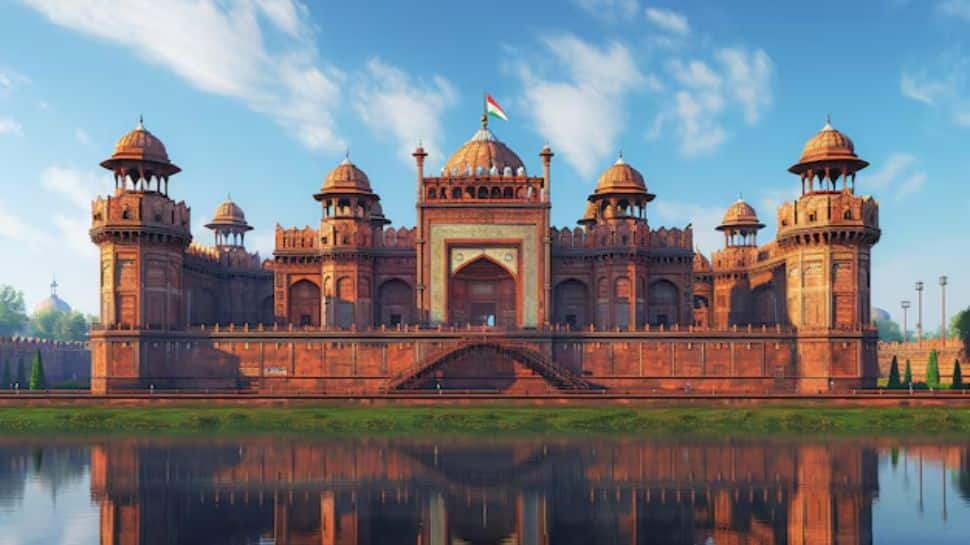
The Red Fort in Delhi is a hallmark of Mughal architecture and represents India’s fight for freedom. Constructed by Emperor Shah Jahan in the 17th century, this grand fort complex includes impressive buildings like the Diwan-i-Aam (Hall of Public Audiences) and Diwan-i-Khas (Hall of Private Audiences). It also holds historical importance as the location where India’s first Prime Minister, Jawaharlal Nehru, gave his first independence speech.
Key Highlights: - Striking Mughal architecture with remarkable structures - Significant role in the history of India’s independence - Centrally located in Delhi, a UNESCO-protected site
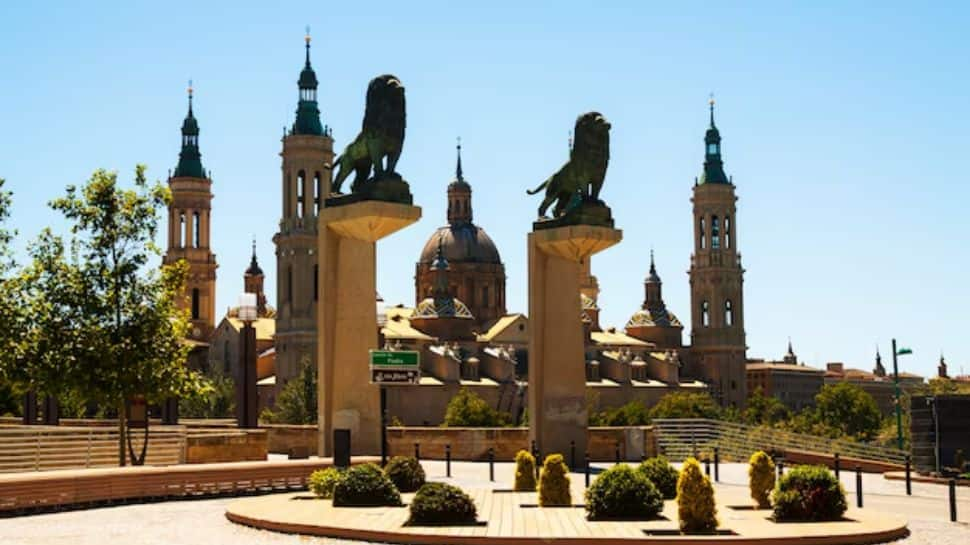
The UNESCO World Heritage Sites in India provide a wonderful glimpse into the nation’s varied history, architecture, and culture. From the stunning beauty of the Taj Mahal to the ancient rock-cut temples of Ellora and the impressive Qutub Minar, these sites are essential for anyone wishing to understand India’s rich heritage. As we celebrate Republic Day 2025, this is a great opportunity to explore these incredible landmarks that capture the essence of India’s cultural legacy.
Trending Photos






